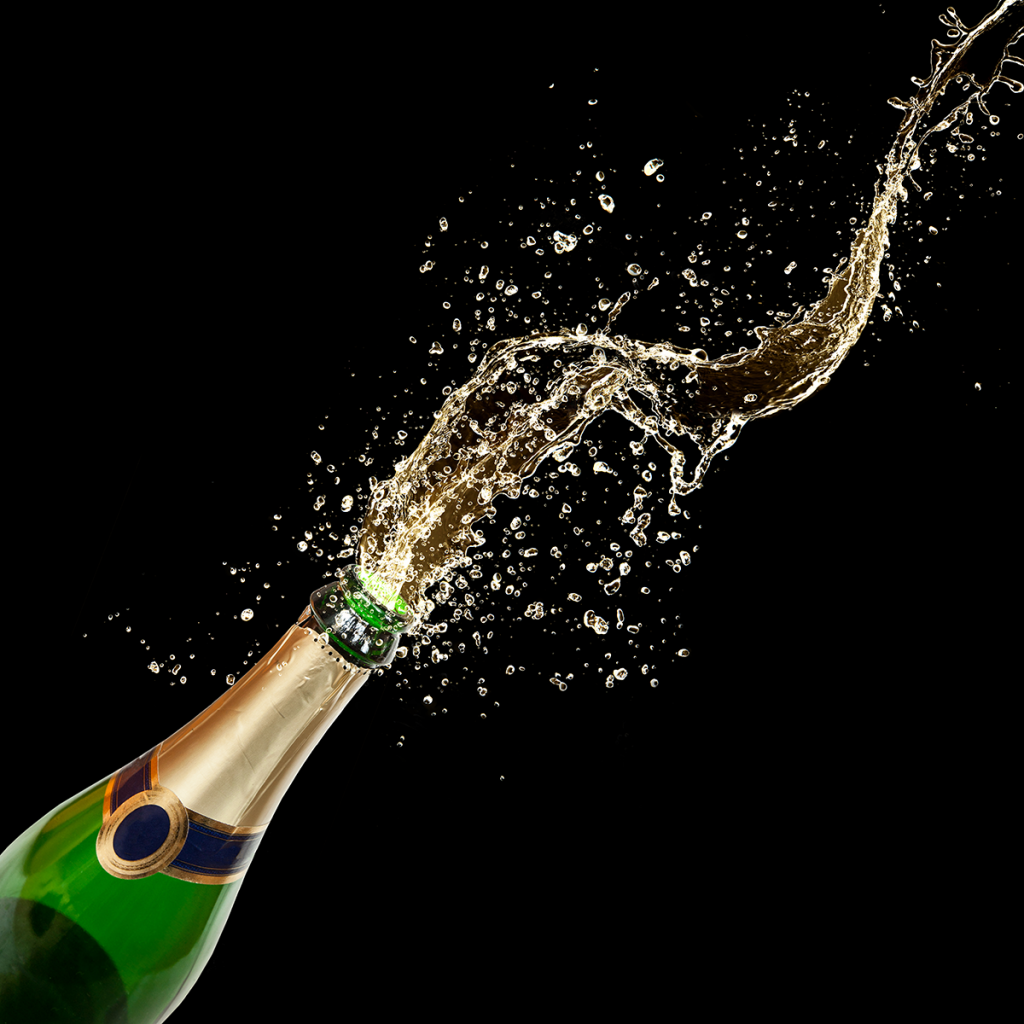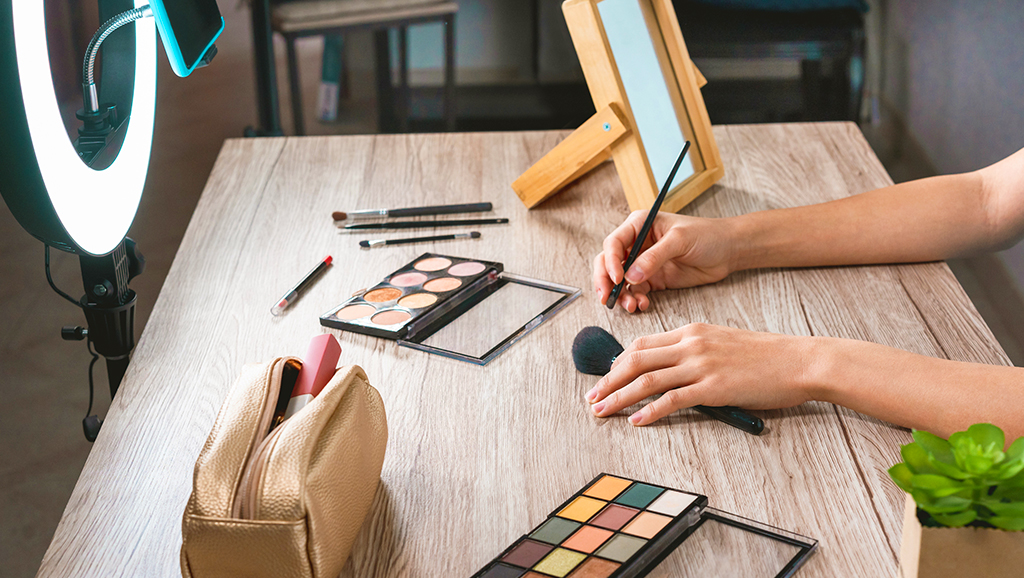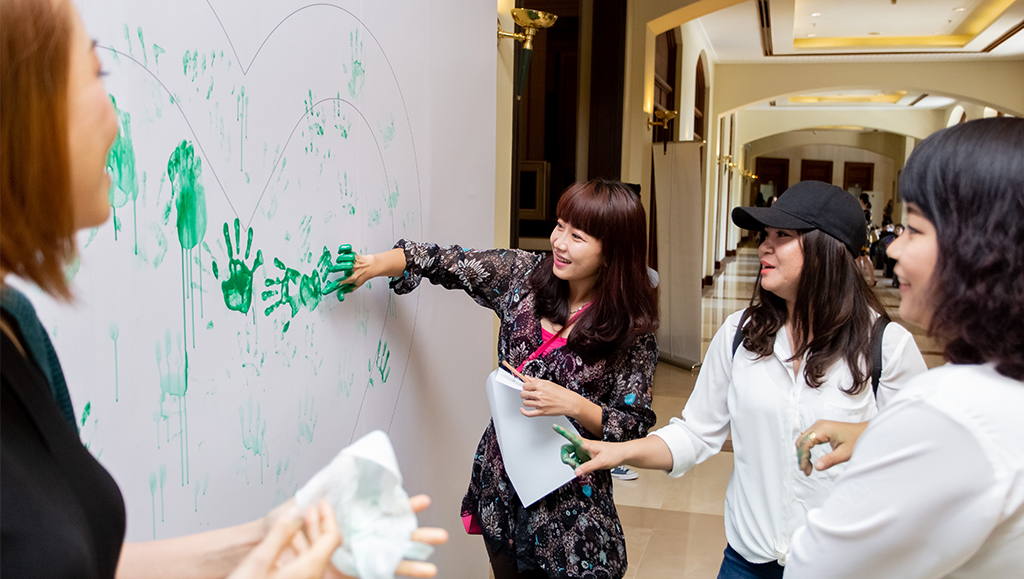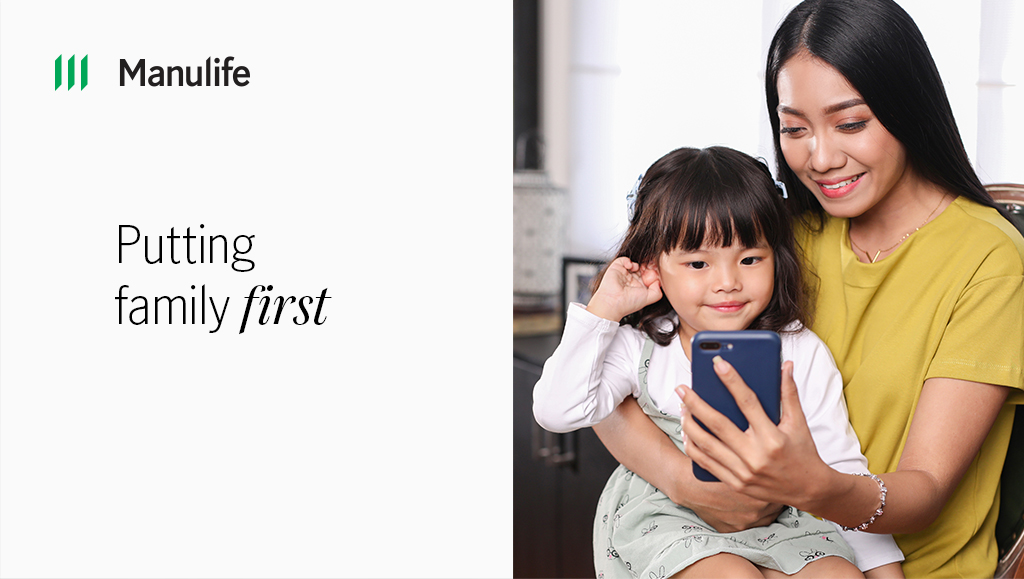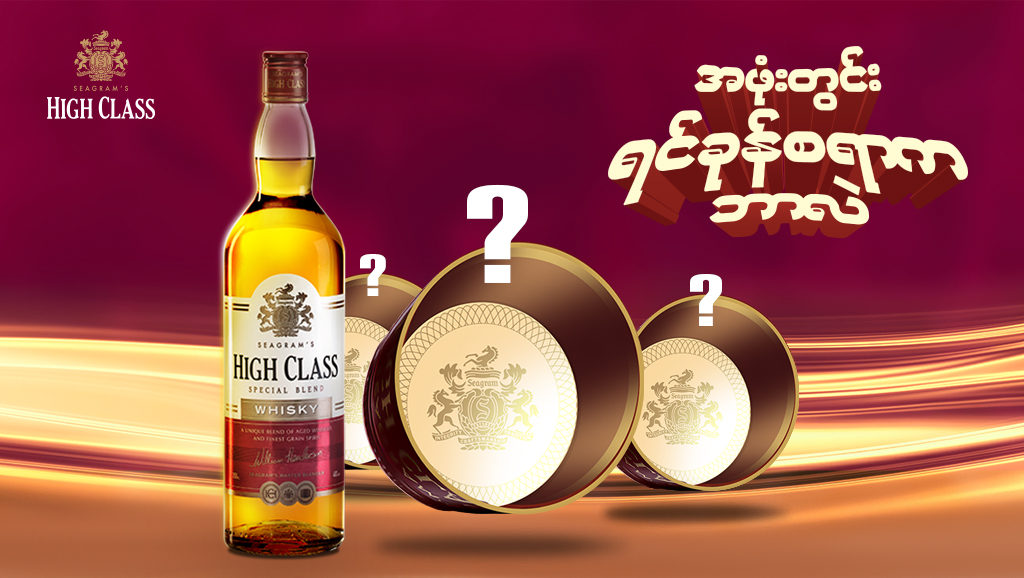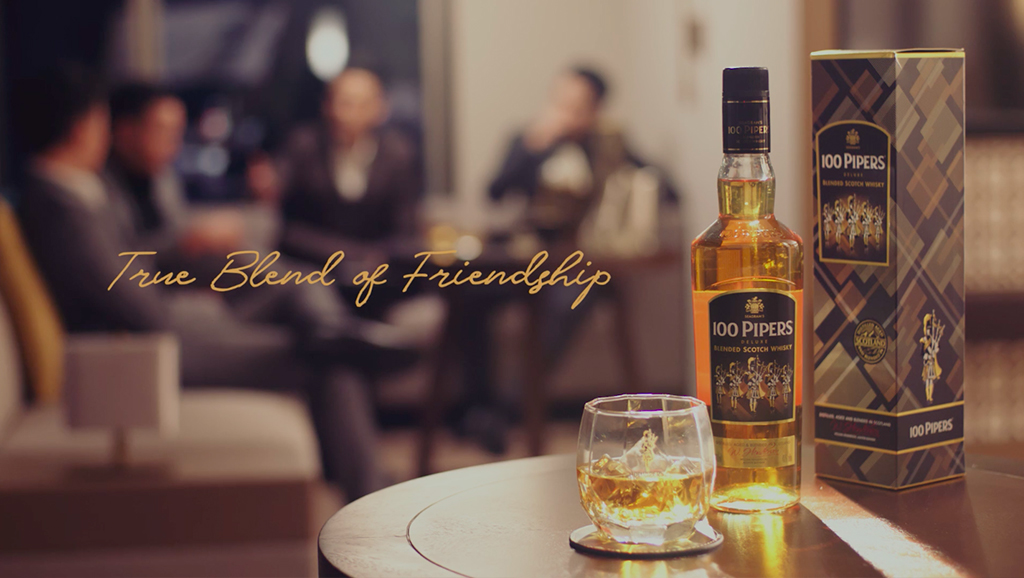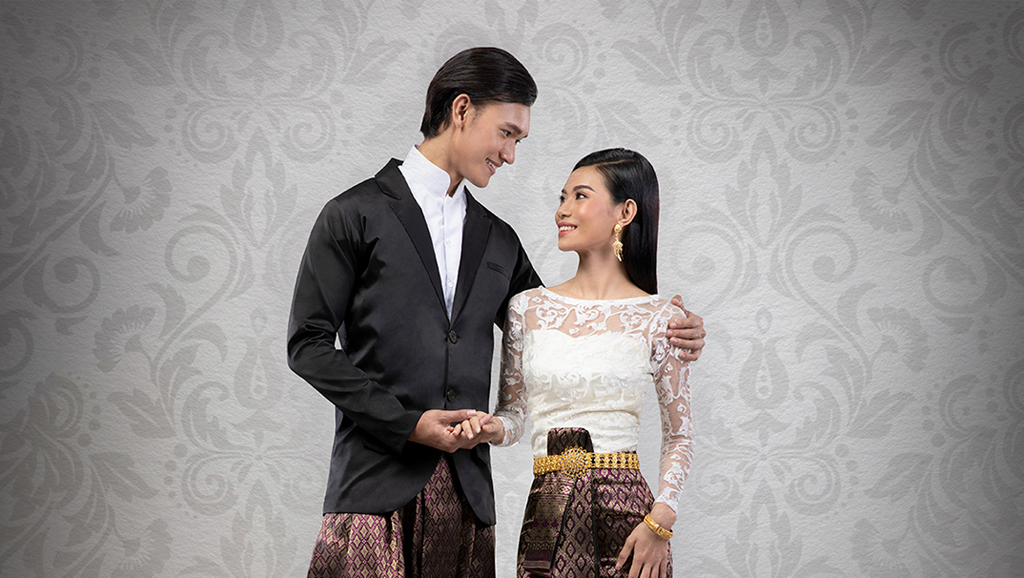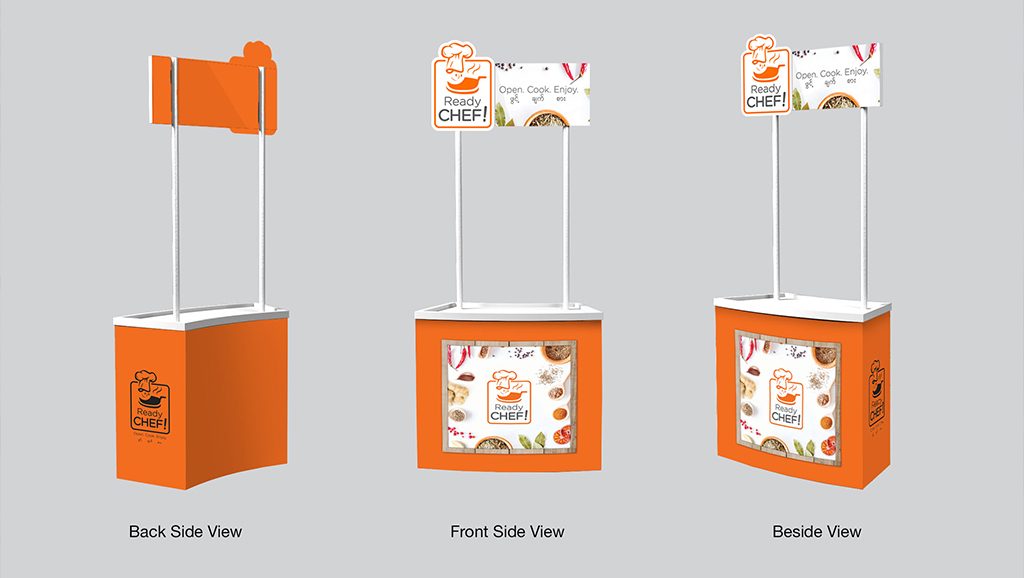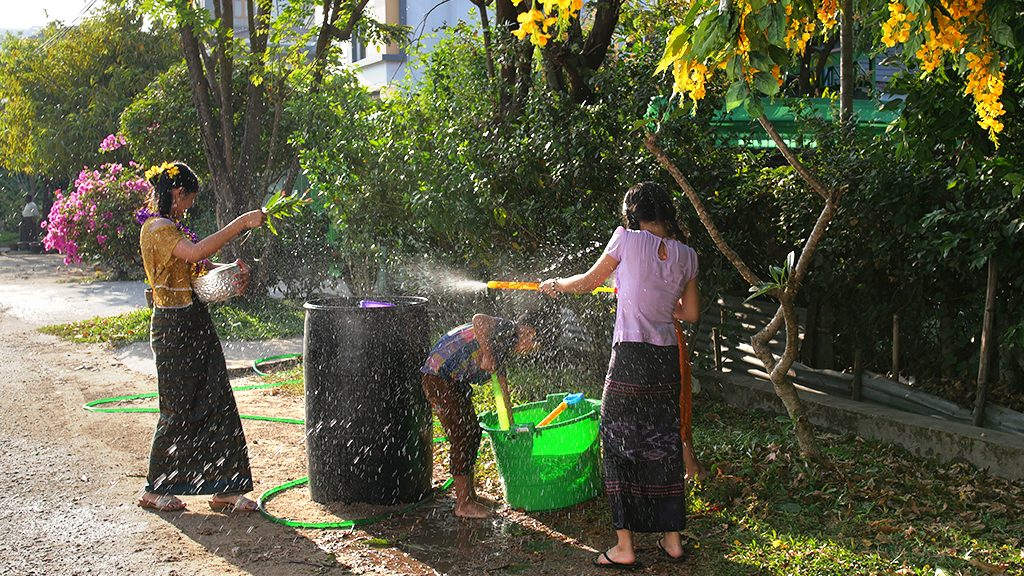
Champagne is still very much considered a luxury item outside of France, and thus the international champagne market is very reactive to the global economic cycle. At times of financial downturn exports drop accordingly, as do the sales of all luxury items, but as economies recover the amount of money spent on imported bottles of champagne quickly follows suit.
The French domestic market accounts for over half of the consumption of the sparkling wine, and the UK and the US are the biggest importers. During these times of austerity because of the global financial crisis, not many Europeans and North Americans are popping corks at the minute. As a result of this, the major champagne houses are looking east to the increasingly sophisticated Asian markets to make up for the shortfall.
China and Hong Kong are countries expected to massively increase their consumption of champagne over the next few years, with China doubling the number of bottles annually imported. But ASEAN countries such as Singapore, Thailand and the Philippines are all being targeted as growth markets. Especially in the consumption of luxury champagne brands such as Taittinger, Louis Roederer and Dom Perignon. With Japan recently moving from the 6th to the 4th largest champagne market in the world, it seems like Asian champagne drinkers could become really important and powerful customers in the very near future.
Of course champagne is still considered a celebratory drink, and sales across this region and the world reflect that to a certain extent with increased purchases being made in the run up to holidays and festivals. But one aspect of the Asian champagne market that is particularly interesting is that not all of the champagne being imported is actually being drunk. Investors are wisely stocking their cellars with fabulous vintages such as Louis Roederer Cristal and Taittinger Comtes de Champagne, knowing that they are an investment that will produce great dividends in the future.
However the majority of champagne exported to Asia is being drunk, and similar to the UK and the US markets traditional non-vintage brut champagne is the favorite tipple. But many consumers here are also seeking out more expensive rose champagnes, and high-end vintages from houses such as Krug and Perrier Jouet. It seems the price and status of the wine is an important factor for consumers in Asia and with luxury top vintages priced at as much as a 1,000 dollars a bottle, and some a lot more than that, this is a significant signal of the beginnings of the champagne revolution in the region.
Following on from the Asian Bordeaux boom which has seen an increase in sales of these fine wines from Western France by over 60% over the last 12 months in the region, champagne houses are expecting a similar response to their products as discerning clients are definitely developing a taste for luxury and for the bubbles.

